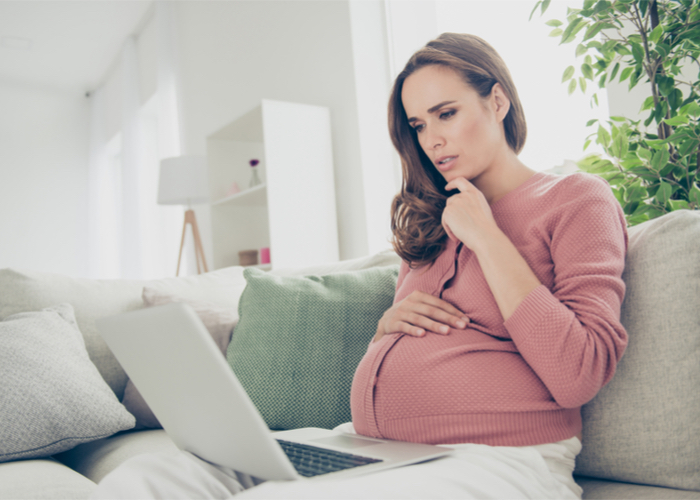
Rebecca Falnes
Senior Sonographer
Pregnancy dates can be confusing.
When you find out you’re pregnant, the first question you’ll be asked is the first day of your last menstrual period (LMP.) If you get your period regularly every month, we assume ovulation/conception happens 2 weeks after your period started. If you have irregular periods, or if you ovulate early or late, this can throw off the estimated due date (EDD.) But the due date is just that – an estimate. It is important, however, for tracking your baby’s growth and development.
What is the best way to determine my due date?
The most accurate way to determine your due date is with an Early Pregnancy ultrasound scan between 8-10 weeks. Too early and being off by 0.5mm can make the dates change, and any later the length of babies (called the crown-rump length or CRL) starts varying greatly. The accuracy of this scan depends on the machine that is used, the skill of the sonographer who is scanning you, and how clear of an image they are able to get. It is common to do a transvaginal ultrasound in order to get clearer pictures and better measurements – it can give more detail because it’s a closer up view of the baby. (Here at The Ultrasound Suite, we always try scanning transabdominal first and only switch to transvaginal if we are unable to see well.) After 12 weeks, the femur bone becomes the most accurate measurement for the due date, regardless of the baby’s estimated length or weight.
Why are measurements so important when calculating my due date?
Any time you get an ultrasound scan, multiple measurements are taken. The three main measurements are the head, abdomen, and femur bone. The humerus bone and cerebellum (part of the brain) can also be measured when you’re further along. Each measurement will have an associated “due date” or gestational age which can all be different, and then they can be averaged together which gives another due date. Confusing, right? The femur bone and cerebellum are usually the most accurate for dating, while the head and abdomen measurements are the biggest contributing factors to the estimated weight. Measurements can vary by 1 week in the 2nd trimester and up to 2 weeks in the 3rd trimester.
What happens if my due date changes?
Just because you see a different due date on your ultrasound report doesn’t necessarily mean your dates are changing though. If you had a scan at 8-10 weeks done by a registered sonographer, we recommend sticking with that due date, unless later scans have been off by more than 1 week. If you didn’t have an early ultrasound, it’s best to go by the femur bone measurement at your detailed anomaly scan (usually done between 20-22 weeks.)
Babies come in all sizes, and ultrasound does its best but it’s not perfect. Again, the machine being used, the skill of the person scanning you, and how clear the images are (often depending on the baby’s position) all contribute to how accurate it is.
Further Resources
The Ultrasound Suite Due Date Calculator
More information about our Early Pregnancy Scan
